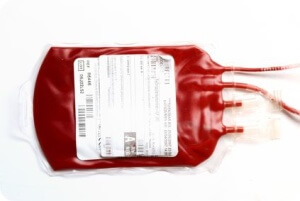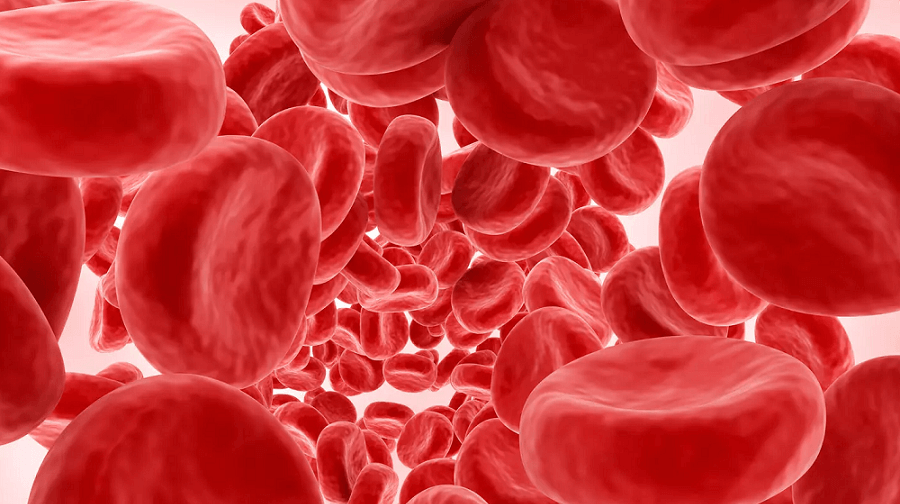Everyone has heard about EPO for the past few decades. Whether in the medical field at the time of its discovery and popularization or in a more popular way in the mid-1990s with its use in sports, particularly with the exposure of the “Festina” professional cycling team affair and its many twists and turns. Cycling is the most controlled sport in the world.
But behind these three letters EPO… what are their meanings and what is EPO?
Definition of EPO
Erythropoietin (EPO) is a hormone naturally secreted by the kidneys (80-90%) and by the liver (10-20%) but also by the uterus. This hormone stimulates the production of red blood cells, which are responsible for transporting oxygen in the blood and thus to the organs and muscles.
In 1983, synthetic EPO was produced industrially, which was a real breakthrough for many people with red blood cell deficiencies. This allows more opportunities for people with kidney failure who are being treated with haemodialysis, severe anaemia in infants or for people undergoing heavy chemotherapy treatments for cancer. It appeared in France in 1990 under the name Eprex and in 1991 under the name Neorrecormon.

There are several types of EPO in addition to natural EPO. Each of these types has a different molecular structure and a variable life span.
NESP requires one injection per week, while CERA allows one injection per month, as well as other synthetic molecules that are currently under development.
Apart from its medical use, sportsmen and their entourage will quickly see the interest of this product which appreciably increases the oxygen in the blood.
The methods of this type of doping had already been used in previous decades, in other forms.
There were natural preparation courses at altitude which forced the body to compensate for the lack of oxygen due to the altitude, and then to come down with an excess of red blood cells produced naturally by the body a few weeks before the competition. This natural way is legal and still in use today as for example, The French team XV is currently preparing for its World Rugby Championships in the mountains.
Then the drift began. In the 1950s and 1960s, swimmers and gymnasts from Eastern Europe (East Germany, the former GDR, and the USSR) “fell” voluntarily, or were “forced”, to become pregnant. The body then took advantage of the natural production of hormones, and the pregnancy was interrupted 3 or 6 months later.
Then came the blood transfusion system. The approach was simple: take a certain amount of blood that had to be stored, continue training during which the body was then obliged to manufacture the missing blood cells itself, and a few days before the competitions reinject the blood taken. This approach was very cumbersome in terms of storage. An Italian runner was excluded and suspended, caught in the act in the 1980s.
Then came the “Belgian pot“.. This product comes from the cycling world and is used to designate a totally prohibited product, which was a mixture of doping products and not only. It contained amphetamines, analgesics, heroin, cocaine etc… Most of the time, this product was made in a totally homemade way, with all the risks that one can easily imagine on the health of the athletes.
This so-called “poor man’s doping” presented a physical risk on the one hand, but also a significant psychological risk on the other. Indeed, containing narcotic products, some athletes are still dependent on this doping agent, several years after having interrupted their career.

With EPO, doping became professional and on a large scale!
Indeed, an Italian doctor of the time, Dr. Conconi, popularized the practice in Italy, and the world of cycling will gradually be invaded.
Because EPO is a great product for those who want to cheat. It is more difficult to detect than any of the existing products on the market through the usual urine tests and the price of its research is expensive. It takes not only urine tests but also several blood tests to detect it for sure.
EPO has very important effects for athletes who practice sports over a long period of time because it increases endurance and reduces fatigue. It can be considered that the performance is improved by 10%.
The erythropoietin molecule (its scientific name) increases the production of red blood cells by 45%, their normal level, up to 65%. Red blood cells are the ones that will oxygenate the muscles to allow combustion and produce muscle energy, and also supply the other organs of the body.
Many athletes have tested positive for this molecule, also known as the endurance molecule.
Of course, there are the high-profile cases of many cyclists, with the recent revelations of the former seven-time Tour de France winner and world champion Lance Armstrongon world television, declaring that he had taken EPO, and again a French rider at the beginning of this year, but also many Italian riders like Davide Rébélin at the 2008 Olympic Games, or the German runner Stefan Schumacher on the 2008 Tour de France and at the 2008 Olympic Games.
Lance Armstrong had started taking this product at the very beginning of his young career when he had to interrupt it, following a testicular cancer, and then undergo a very heavy chemotherapy.
Cycling has always been very controlled, and logically the more controls there are, the more cheaters get caught.
The UCI (International Cycling Union), the governing body of world cycling, has a real desire to fight against this. And in view of the difficulty of easily detecting EPO in riders, it has introduced a biological passport for each of them, but also the obligation for all riders to declare their place of residence or holiday at each of their trips so that they can be checked regularly, even out of season and unannounced. Failure to attend an inspection may result in suspension.
The same willingness to act is not the same for all sports federations. Alex Schwartz, winner of the 50 km walk at the Beijing Olympics, who tested positive, was not prevented from competing by the IAAF (the international athletics body).
The list is long, and it is also possible to name an Ethiopian marathon runner at the New York marathon or French middle-distance runners and so many others…

Side effects of EPO
Beware, however, that the use of EPO, especially synthetic EPO, is not without risks, on the contrary.
Indeed, the increase in these red blood cells may create blood viscosity (this means that the blood is thicker). In this case, the blood circulation would no longer be good enough and risks such as blood clots and therefore possibly phlebitis or stroke, high blood pressure and therefore potentially cardiac arrest could occur.
This could be the explanation for a real increase in deaths by cardiac arrest of young top athletes, observed in recent years, and more particularly in football and cycling.
This product is therefore to be used exclusively in cases of deficiency or intense, regular and prolonged physical activity, and especially under permanent and serious medical supervision.
Conclusion
Synthetic EPO continues to be developed and research is still being conducted on this product. Some new variants are even expected to be released soon. But there is already talk of other molecules and other products that could replace EPO in the very short term in its various uses.
